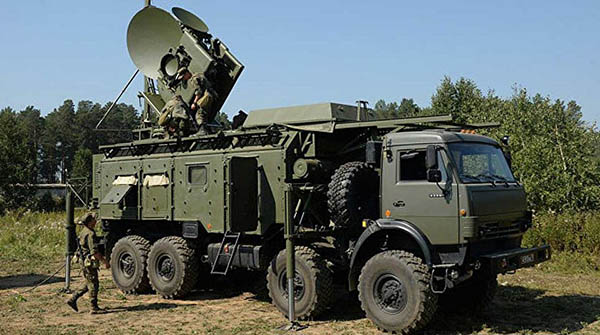What is Radio Electronic Warfare? Understanding the Silent Battlefield
In the modern era of warfare, battles aren’t just fought with bullets, bombs, and brute strength; they are also contested within the invisible realms of the electromagnetic spectrum. Enter Radio Electronic Warfare (REW) – an intricate, shadowy domain where technologists, strategists, and soldiers grapple for dominance using radio signals. Let’s dive into this fascinating and increasingly crucial field.
The Electromagnetic Spectrum: Setting the Stage
At its core, the electromagnetic spectrum is a range of frequencies over which electromagnetic radiation can propagate. This includes everything from radio and television broadcasts to cell phone communications, and even the light we see. Control over this spectrum, or at least the ability to exploit it, grants significant advantages in both civilian and military contexts.
Defining Radio Electronic Warfare
REW, a subset of Electronic Warfare (EW), specifically deals with the use of the radio frequency spectrum. Its primary purpose is to deny, degrade, deceive, or exploit the enemy’s use of radio frequencies while preserving friendly operations.
There are three main components of REW:
- Electronic Attack (EA): This involves the use of electromagnetic energy to attack enemy equipment. Jamming enemy radars or communication systems is a classic example.
- Electronic Protection (EP): Techniques and measures taken to defend one’s own electronic systems against enemy EW operations. This could involve changing frequency rapidly to avoid being jammed or using shielding to protect sensitive equipment.
- Electronic Warfare Support (ES): This component involves searching for, intercepting, identifying, and locating sources of intentional and unintentional radiated electromagnetic energy. The primary purpose is to gather intelligence and plan subsequent electronic attacks or protection measures.
Modern Applications and Challenges
As our reliance on technology grows, the significance of REW has expanded. Modern warfare involves drones, guided missiles, and networked communication systems, all of which rely on the electromagnetic spectrum. Control, or at least an advantage, within this spectrum can drastically sway the course of a conflict.
For instance, a jammed communication system can incapacitate a platoon, leaving them isolated and vulnerable. Similarly, a misled guided missile due to interference with its guidance system can divert it from its intended target, saving crucial assets.
However, with these advanced capabilities come challenges. Adversaries are continually evolving their techniques, and the spectrum is becoming crowded. The civilian-commercial world’s growth, particularly with the proliferation of wireless technologies, has created a noisy background in which military operations must work. Distinguishing between civilian and military transmissions is increasingly complicated, requiring sophisticated tools and training.
The Future of REW
The rapid evolution of technology ensures that REW’s landscape is in constant flux. As artificial intelligence and machine learning become integrated into electronic warfare systems, automated responses to threats could become the norm. Imagine a scenario where an AI system detects an enemy radar signal, analyses its properties, and then chooses the best method to jam or deceive it – all in fractions of a second.
Further, as quantum technologies mature, they might introduce new methods for secure communications resistant to conventional interception or jamming techniques. This would fundamentally shift the dynamics of REW.
Conclusion
Radio Electronic Warfare is the unsung hero of many military operations. Though its battles are silent and invisible, their outcomes are as consequential as those fought with more traditional weapons. As technology progresses, understanding and mastering the nuances of REW will be vital for any force aiming to maintain an edge in the modern battlefield. This silent warfare domain, filled with invisible signals, is as intense and decisive as any traditional battlefield clash.
